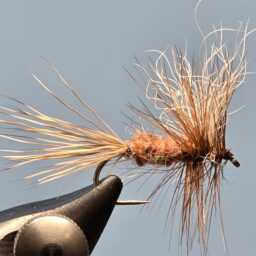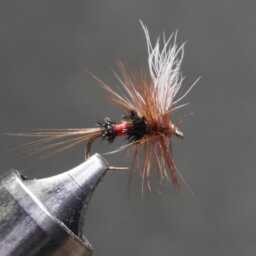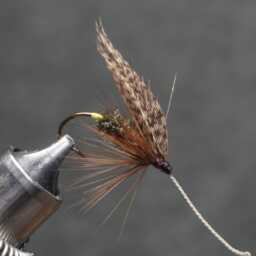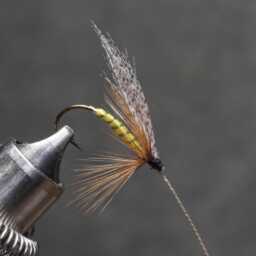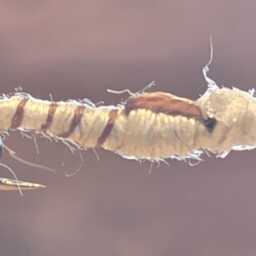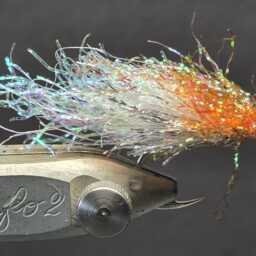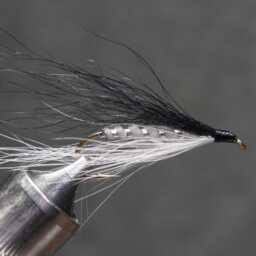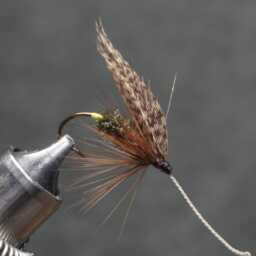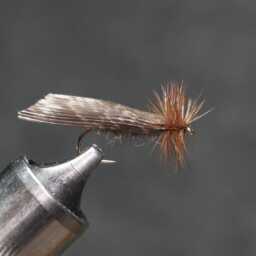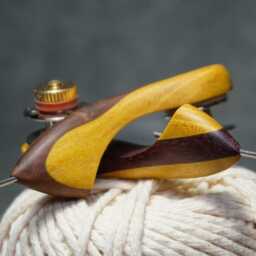Turkey feathers offer a variety of uses in fly tying:
Marabou: The fluffy feathers from a turkey’s underside, known as marabou, are versatile for many fly tying applications. These feathers can be used in their natural color to mimic swimming leeches or to create undulating flies. Feathers from the tail fan are longer, providing movement for larger flies like sculpins and woolly buggers. Feathers located between the turkey’s legs are ideal for tying smaller woolly buggers, typically size 12 or smaller.
Biots: The leading edge of a turkey’s flight feather, called a biot, is excellent for creating bodies on dry flies and nymphs. Their raised segmentation allows for wrapping tinsel or wire ribs in the grooves, adding both strength and flash to the fly.
Quills: The large secondary flight feathers from a turkey’s wing are known as quills. These are useful for winged wet flies and certain winged streamers. Many fly patterns require “matched turkey quill slips,” which involves pairing secondary feathers from both wings to achieve a symmetrical wing.
Chest Feathers: The iridescent bronze feathers from a turkey’s chest are suitable for mayfly nymph patterns, adding an attractive sheen.
Beard Fibers: The fibers from a turkey’s beard are perfect for crafting legs and tails on stonefly nymphs, providing a natural appearance.
Thighs and Upper Legs: Feathers from a turkey’s thighs and upper legs can serve as soft hackles, making them a good alternative to quail feathers.
The turkey, a large bird in the genus Meleagris, is native to North America with two extant species: the wild turkey (Meleagris gallopavo) and the ocellated turkey (Meleagris ocellata), found in the Yucatán Peninsula. Males of both species have a distinctive fleshy wattle, called a snood, hanging from their beaks. They are among the largest birds in their respective ranges.
Turkeys evolved in North America over 20 million years ago and are closely related to grouse, pheasants, and other fowl. The wild turkey is the ancestor of the domestic turkey, which was domesticated around 2,000 years ago by indigenous peoples and later introduced to Eurasia during the Columbian exchange. The English name “turkey” likely originated from the mistaken association with Turkish merchants, who initially brought guinea fowl and then domesticated turkeys to Britain.
« Back to Glossary Index
